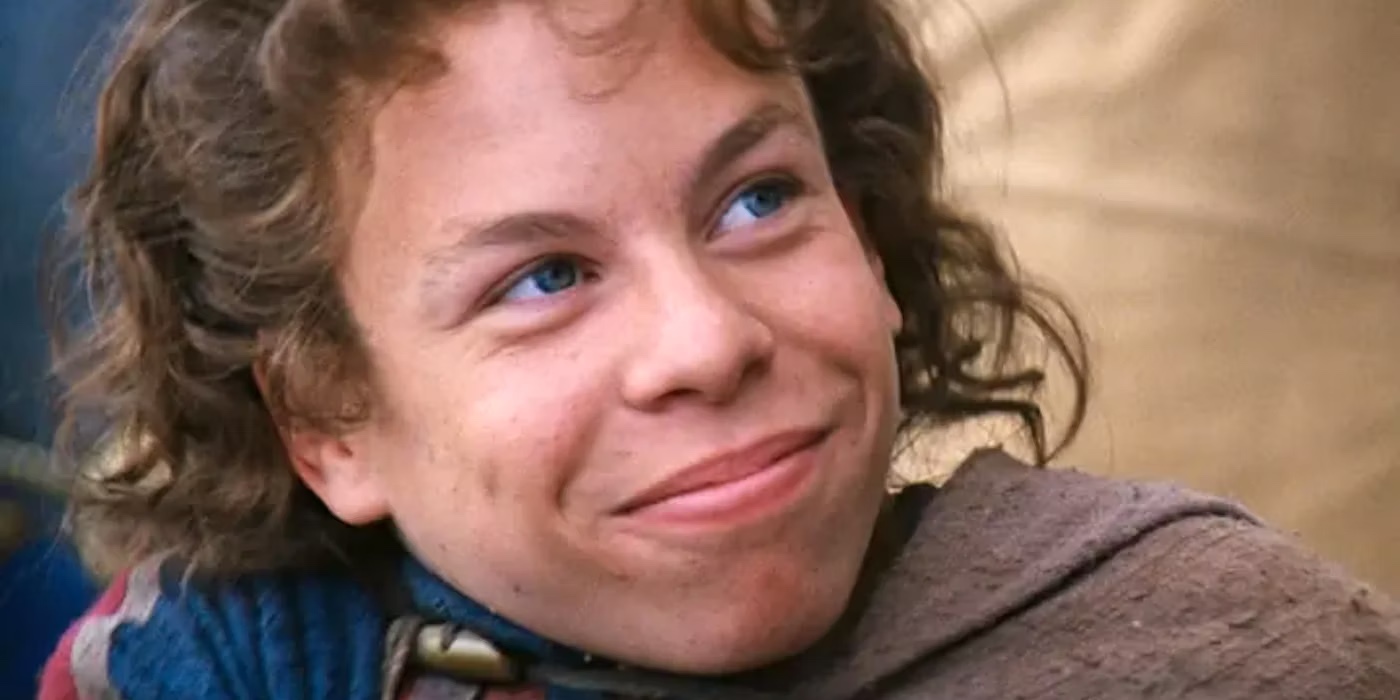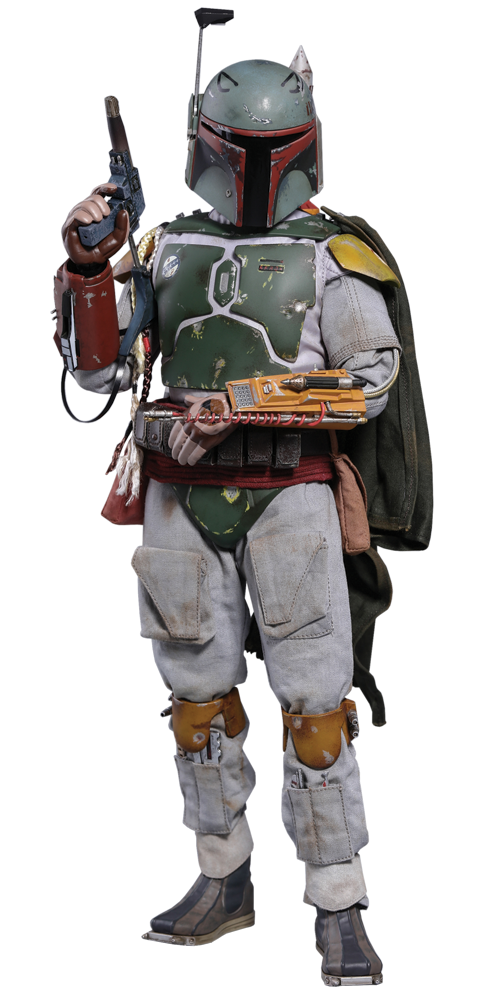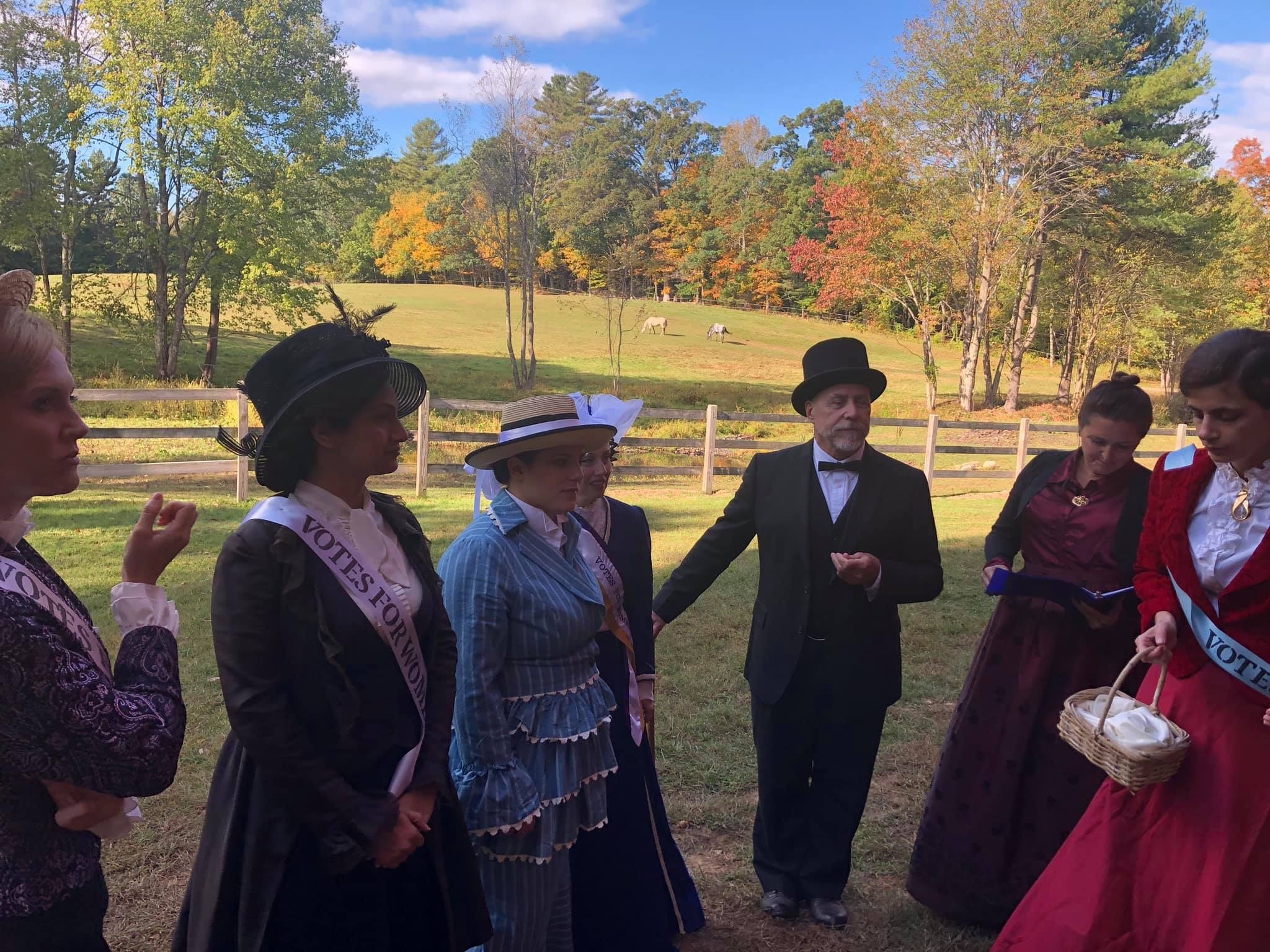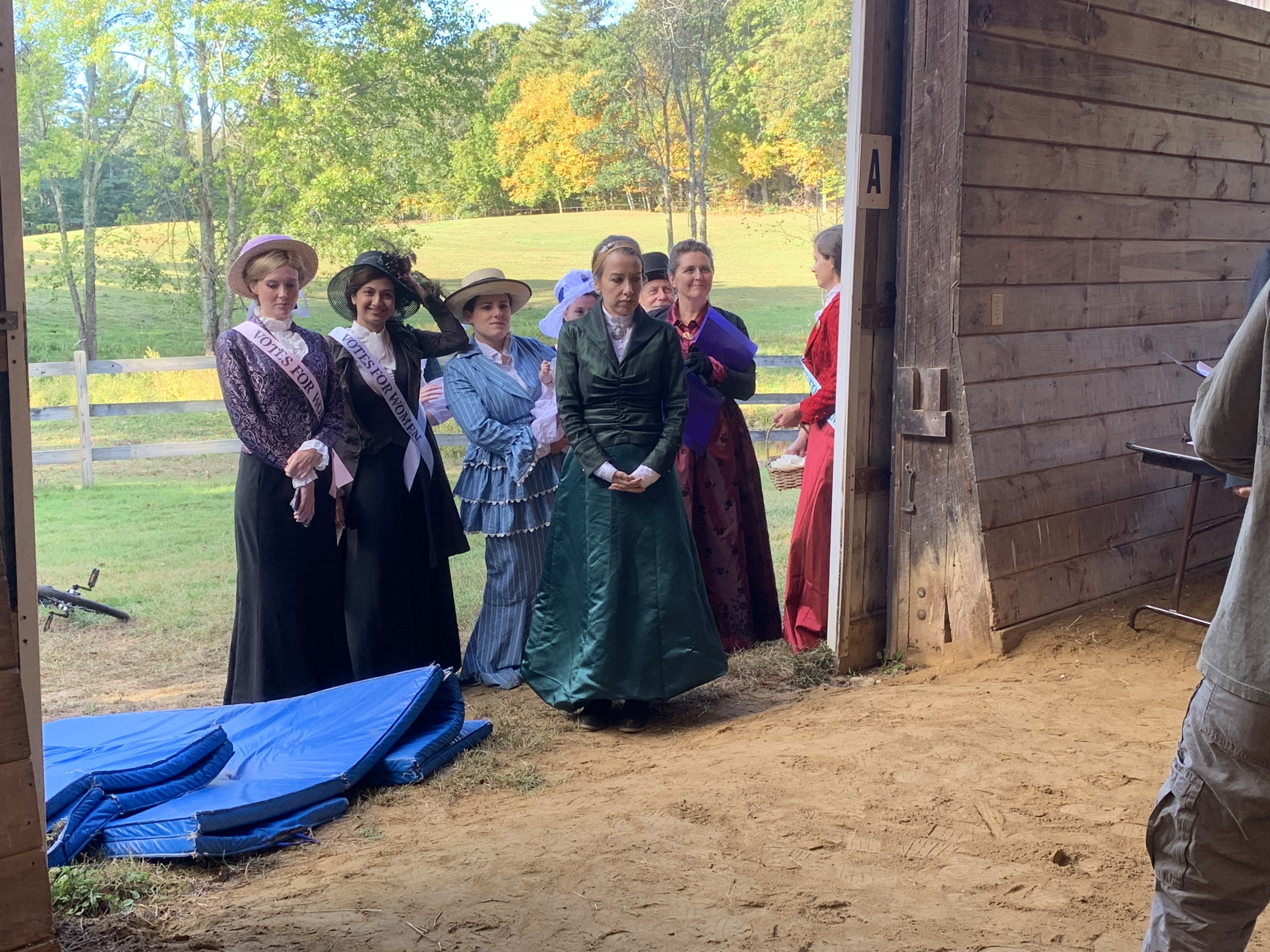This past week, I finished my Avengers: Endgame fan fiction,
As Long as He Needs, about what happened to Captain America in the last time travel sequence at the very end of the film.
I’m actually pretty happy with it. I set down a process and stuck with it, outlining it at least in rough form, before allowing myself a week to draft each of the eight chapters, which I posted on a regular schedule Tuesday morning. I averaged just under two thousand words per chapter, coming in at a final count of 15.7K. I didn’t do much editing, so it could probably be more polished, but I wanted to the project to stay fun and keep from becoming a burden as much as possible. And I think I wrote a pretty freaking good story given the speed and ease with which I approached it.
Spoilers for Avengers: Endgame and my story As Long as He Needs begin here.I really loved the ending the film set up for Steve. I firmly believe that characters need to be challenged in the ways that they’re weak and prompted to grow and change in order to create engaging narrative. So the idea that he could be challenged to take care of himself for once— something he’s never really been good at —is a much greater journey and bigger lesson for Steve to learn than him throwing himself on yet more grenades. Because he was literally doing that since the minute we met him. More of that would not have represented any growth.
It actually kind of infuriated me that some people thought that was “out of character,” or that he was “too good a man” to decide he couldn’t always be killing himself to save the world anymore. Did people really believe he’s a worse person for wanting literally any life for himself? I want to say to those people, imagine you had a friend who had done even
one amazing, heroic, selfless, demanding thing, much less as many as Steve had. If that friend told you he was tired and wanted to focus on doing something for himself for once— would you tell that friend he was “too good a man” to do that? Would you actually believe that made him less of a good person if he’s no longer destroying himself to take care of everybody else?
If so, I don’t want to be your friend.
But it had to be a struggle— making the choice to go a different way needed to be hard for Steve, in order to prompt a proper narrative journey. So I decided to take the tactic that he knew he was burning out and wanted something different, but that HE was afraid that it was cowardly or selfish. So he’d have to work out his feelings about that in order to come to his decision. The mechanism I used for this was his conversation with Bucky before he left, as well as the encounters he has in the process of returning the Infinity Stones.
The directors have said that he and Bucky talked about the idea of Steve returning to the 1940’s. You can tell by the way Bucky tells him “I’m going to miss you,” as they say goodbye— if he was expected to come right back, Bucky wouldn’t have indicated missing him. But I chose to go with the idea that while they had discussed it, Steve was still undecided. This meant that he could have a journey in coming to the decision, while still honoring the idea that he’d done it with input from Bucky. That totally makes sense to me, as he’d talk it over with his best friend. And honestly, I believe Bucky cares enough about him to encourage him to do what was good for himself for once, since he’d never made that a priority in his life. But Steve’s problem is that while he wants to go, he doesn’t know if it’s okay for him to do it.
Bernie and I worked out the rough structure of it extremely quickly, the night after we’d both seen the film. The order of the return of each stone, who he’d encounter there, roughly what Steve would do during and take away from each encounter. The biggest challenge was to make a believable arc for Steve’s very internal journey. I elected to make all of his stone returns fairly uneventful, for two reasons— one, I didn’t want to take the time hammering out complicated capers, and two, because I wanted Steve’s inner struggle to be the main narrative through line. So that meant I had to plot out how he’d develop in his emotions and viewpoint, how he’d get from one stage of emotional development to the next, and where. That’s tricky, but that’s what it takes when you want the plot to basically BE the character journey.
So I decided that everything he did and encountered would have to push him a little farther toward deciding. He’d be turning it over in his mind, and new perspective would be injected by whatever he encountered returning the stones. It would cause him to consider something, and call up to memory a relevant piece of his conversation with Bucky, and he’d evolve a little in his position, implicitly or explicitly.
I very consciously decided that Bucky would be the only force actively encouraging him to put his own self-care first. It struck me as highly unrealistic if the universe at large seemed to be pushing towards anything, or even people who basically didn’t know him and had no investment in his choices at all. So I while I definitely wanted his takeaway from his experiences to help him decide, I didn’t want it to seem like anything was trying to make him decide, or actively wanted him to do anything in particular. He was presented with information— even, occasionally, kindness —and drew conclusions from it.
I wrote out Bucky’s conversation with him in its entirety, to be referenced as if in flashback or memory. While each referenced piece was conceived of to support his emotional journey at that stage of the story, I worked very hard to make sure it flowed and built as a continuous, believable conversation that could stand to be read on its own. Bucky sure does get a bunch of wham lines, though, at brisk periodic intervals. ;-)
Steve starts pretty against the idea, fairly certain that he’d be taking the coward’s way out, would be erasing the lives of Peggy’s children, et cetera. He decides to return the space stone first so he has the chance to see her again like the last time he visited 1970; if he gets to see her, he reasons, that will be enough to hold him. But when he has to time jump away to avoid being caught by SHEILD, he’s left way more bereft than he expected.
When he goes to Morag to return the power stone, I kept that one kind of light and funny, since I knew it would be that story’s only chance. I really loved how he plays Peter Quill. I hate writing stories without humor, even when they’re heavy, and I wanted to preserve a touch of Steve’s wit. However, it does occur to him that this timeline’s version of Quill would never meet Gamora. He compares the Quill in love with a Gamora who no longer knows him to a man who’s loved and lost, and the Quill who will never meet Gamora to having never loved at all, and wonders which hurts less. He laughs at himself for think of Gamora as the love of Peter’s life, aware that he’s projecting.
Next he goes to Vormir, to the soul stone, and the Red Skull. Now, I have famously not enjoyed Scarlett Johansson’s rendition of Black Widow and always found the character in her hands to be a pretty dull, blank slate. However, the text insists that she’s a close and valued friend of Cap’s despite no visible humanity communicated by the actress, so I worked hard to honor that. The takeaway here is that he wonders if Natasha’s determination to be the one to make the sacrifice came from her having come to believe that’s all she was good for or had to offer— to paraphrase the great Captain Awkward, “to be burned on the pyre to keep the rest of them warm.” He remembers Bucky challenging him if he thought that of himself, which he doesn’t like the sound of. So, a little shift forward there. But he’s still worried that if people like Black Widow and Tony didn’t get to escape that fate, what right would he have?
As a side note, I really liked writing Red Skull. He always had a very overblown sort of diction, which was fun to reproduce. I made him call Steve “beautiful boy,” and even poke at his issues a little— “And yet you had no care but to sacrifice yourself on the altar of other men’s wars.” And “Still so keenly seeking your oblivion?” His new state of being has given him time to figure a few things out, and also not given a fuck about saying them. He even gets a reference to one of my favorite moments in Watership Down; see if you can spot it.
Next is Asgard, to return the Reality Stone. This chapter has consistently been my readers’ favorite, I think because Steve gets a little squishier than usual, and fan fic readers tend to like their angst. I try to dole out unusual visible displays of distress carefully, especially in a character as stoic as Steve— Chris Evans has a great trick of making him smile when he’s sad, for heaven’s sake. But I wanted him to break down a little as a turning point. Frigga’s slight magic insight made her able to understand a lot of what was going on with Cap without having to explain it, and she’s not connected to anything in his regular life, both of which I think made things a little easier for him to actually discuss with someone.
This was the first person I wanted to be very careful about having no interest in encouraging Steve to do anything in particular. She has no investment in him making any particular choice. She does, however, speak the simple truth that it’s hard to “belong to the world” the way he has, and that it’s human to feel weak and tired when you are in need of something. And she is kind to him in a moment where he’s clearly low, because she’s an empathetic presence and grateful to him for being part of her son’s support system. So I feel like she was able to give him a little support and validation that helped him feel a little less bad for how much he’s suffered for basically living as public property for so long.
Next is New York 2012, to return the staff with the mind stone. I admit, I may have spent a little too much time on what Steve makes of having the chance to see himself as others see him. That “blond Adonis” reference may be a bridge too far. I am as I am, take it for all in all. But I attempted to make it represent how his transformation in many ways marked his transition from regular man to publicly-owned symbol, a life he’d accepted out of a sense of duty but one he’s never planned for himself. And remembering how sad he was at this time throws into relief how heavy it’s been to go on not because he’s Steve, but because the everyone needs Captain America. He remembers Bucky asking him if it would make him selfish to decide he’s done martyring himself for the world, how many times exactly does he think he needs to martyr himself for the world in order to be decent?
I also have him go make a last peace with Tony. I always loved how the films showed them caring a great deal about each other, but never really getting along. They are too profoundly at odds for that, so I found it very believable and human. He never really gets a resolution with him before Tony dies, so he uses that opportunity to tell him he’s sorry he pegged him as someone too selfish to be a real hero, and that he’s actually a good man. I really like how I put it together, because I think it’s got real emotional impact without either man ever acting out of character.
A lot of fan fic likes to push the characters’ emotional displays and interactions up to eleven, and I just don’t think it feels true. I read one fic that seemed to think Cap and Bucky couldn’t have talked about the possibility of Steve leaving without a sobbing breakdown in each other’s arms. I know part of the fun of fan fiction is getting to reconceive of the story however you want, but I was like… really? Does that feel like who those people are to you?
Anyway. Last stop is to return the time stone to the Ancient One in the stronghold on Bleecker Street. This one I had to do right. By this point he’s pretty sure he wants to go back, maybe it’s even morally acceptable for him to go back… but he’s worried about the damage he’ll do the the timestream if he does. Specifically, will he erase Peggy’s children from existence if she never marries their dad? So he asks the Ancient One, because she’s a person who would know, and she explains by astral projecting them to see what I like to refer to as “the tapestry of time.”
The tapestry of time is an idea I’ve had in my head for many years, imagining all the forces and actors of the universe as threads that weave in and out of each other in an incomprehensibly complicated cord to create the timeline. Using the description of time travel from the film, I extrapolated what I call a “resilient timeline,” where our individual actions and free will do have effect on the progress of the world, but much like any conventional individual action, it’s hard to shift the course of major things— even if you travel back and time and try as an individual actor to alter them. (Personally I’m more inclined to believe in the butterfly effect, but I think this version fit with the workings of the film better.) Except, of course, if you do something significant enough to create a new branch off the preexisting line.
Then, taking inspiration from the scene where the Ancient One explains to Bruce how the missing time stone would create a branching timeline for her existence, I go with the multiverse theory. That Steve would be creating a multiverse in going back to the 1940s, which would mean that Peggy’s life (and by extension her children’s) in the current timeline would remain unchanged, but that he’d create an offshoot universe where her path goes a different way.
Now, I’ve read there’s some disagreement between the directors and the scriptwriters as to whether or not that was the intention. The directors, I’ve heard, go with the above multiverse view. HOWEVER, the scriptwriters say their intention was that Steve was ALWAYS Peggy’s husband, and her children, his children, the WHOLE TIME in the MCU. Honestly, in my gut, that second explanation appeals to me much more. Instinctively I love the idea, that Old Steve has been hanging around in the shadows, that Peggy’s children are actually part supersoldier, and that could factor in future stories.
But… unfortunately… I don’t believe the previous writing supports that enough. There are arguments to be made, of course. It’s true that there is no actual confirmation of who Peggy’s husband and father of her children was. But Steve and Peggy spend time together after his reappearance in 2011; would she really have kept it hidden from him until her death? I’m not sure I believe that even with her Alzheimer’s. Would her children not know, and never want to tell him the truth? Would he have stood by and allowed Bucky’s torture and turning into a brainwashed assassin? Would he let Hydra infiltrate and destroy the organization Peggy worked so hard to build? I guess you could argue he was afraid to change the course of history— I’ve seen at least one fic argue that, which could be a reasonable explanation. (Again, in my gut I’m a butterfly effect kind of girl.) But, since they seem to be putting forth a resilient timeline… I’m not sure that really scans. So I expect that the Russo brothers’ multiverse explanation is the canon answer, and it’s the one I went with here.
But back to the story— the Ancient One was the second person I was concerned about not pushing Steve to take any particular action. Like Frigga, I just wanted her to present him with truth. Because of her similar powers of sight, I had her kind of get the circumstances of his situation instinctively, and maybe have some sympathy for him, though not as explicitly as Frigga’s. She tells him the facts of how time works, and, when he expresses fear of taking an action he can’t see the consequences of, she gently reminds him that to a certain extent we can never really know what our future holds. But that’s just part of the deal, particularly when it comes to the risk of loving. And that is what settles him to do it.
The actual reunion between him and Peggy I wanted to be clean, tight, and sweet. Not just him showing up and them falling into each other’s arms— she’s fierce and independent and too used to taking care of herself. I like the idea that she’s on the defensive makes him prove his identity. He knows all the facts about her, because he cared to know them, but facts can be faked. So he tells an anecdote that shows he really knows her, not just a memory but the person that she is— and proves it with the compass, the one with her picture in it, that he’s carried with him every step of his journey.
I always wondered where that picture came from. Getting a picture of somebody was a bit more difficult before cell phone or even personal cameras. So I came up with a backstory for it where she gave it to him, ostensibly so he could actually finish a drawing of her for once, but actually because she wanted him to have it. And of course, I had to finish it off with the lines we’ve all been waiting for— “You’re late.” “I couldn’t leave my best girl. Not when she still owes me a dance.”
Sniff. Excuse me, I must have some dust in… both my eyes and my nose and my throat.
Also? I LOVE how many fic writers have decided that in the interest of keeping a low profile, when they get married, Steve takes Peggy's last name. "Agent and Mister Carter?" HEADCANON ACCEPTED. Perhaps "Grant Carter" would be an appropriate pseudonym?
I wrote this story as a prose piece, partially because I’m trying to practice my prose skills, and partially because the idea I had for it was so internal— it kind of called for interior narration to explore the ideas of it. I’m pretty proud of myself for actually accomplishing the task of making a very internal journey actually the structure of the plot. But I often write fan fiction in script form, in order to capture the form of cinematic originals. So I can’t help but think of how much I would have to change if this were to be reconceived as a short film or something.
A lot of the nuances of interiority would be tricky to translate. A lot of what Steve was mulling over would have to be communicated in reactions and things he was looking at, which could convey the broad strokes if not all the details. I might need to turn the actual returning of the stones into something a little more active or complicated, to provide structure in the absence of Steve’s inner monologue. But I think the gist of it would work— Steve goes stone by stone, punctuated by flashbacks to his conversation with Bucky, having the interactions I specified. The conversation with Bucky might have to be streamlined, though, because as it is it’s rather on the long and complicated side for film scenes.
But overall it makes me happy. I’m glad I wrote it, even though it took two months of work and a fair bit of brainpower. But I think I made something good— something meaningful, that fits with a story that moved me, and actually expands on the ideas initially put forward. To my taste, that’s basically perfect fan fic.





















